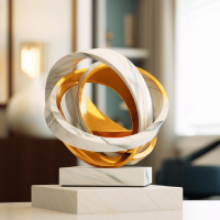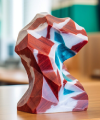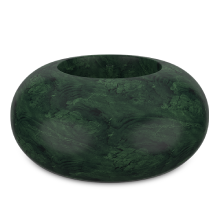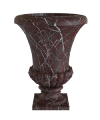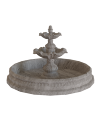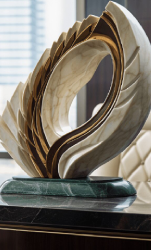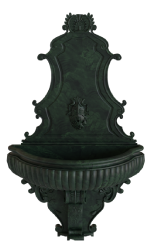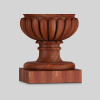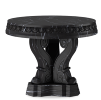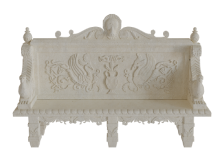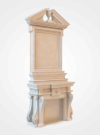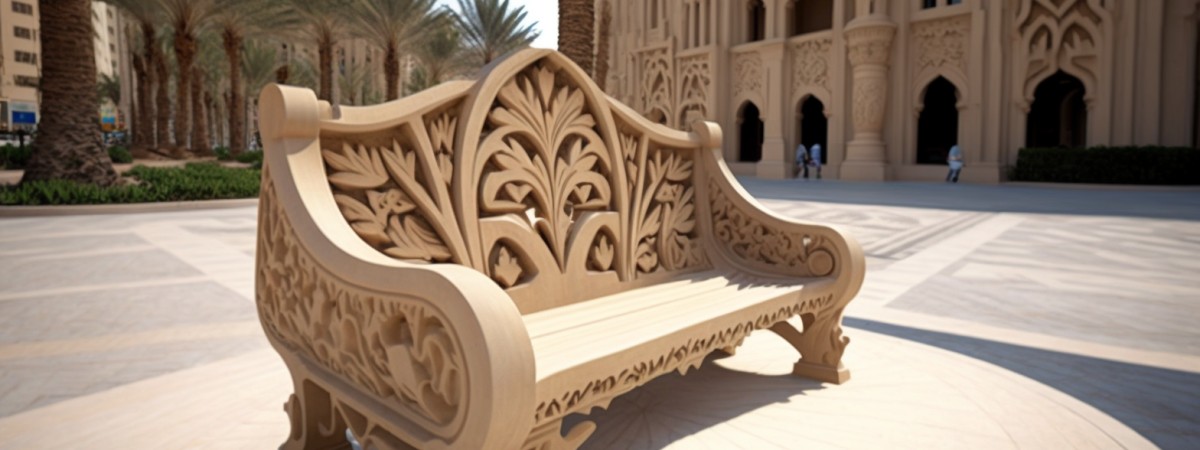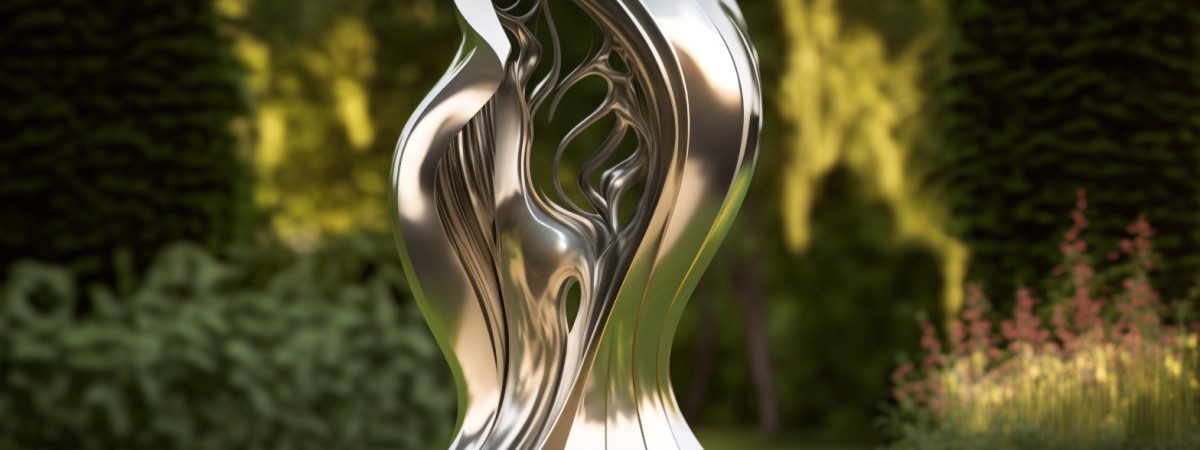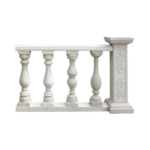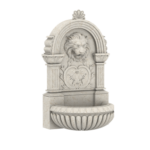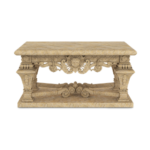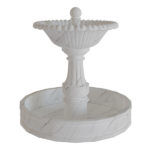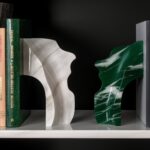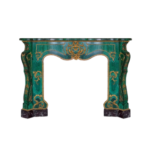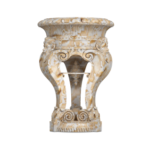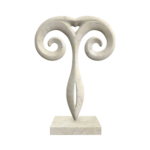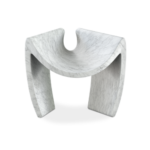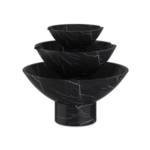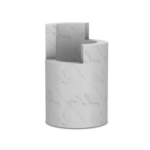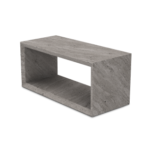October 18, 2023 Author: John Samuel
The Art of Colour: How to Choose the Perfect Hue for Your Sculpture Work
In the expansive realm of artistry, the diversity of colours rivals the myriad hues of a twilight sky. Imagine forging a magnificent sculpture, and when the moment arrives to introduce colour, the magnitude of options is staggering. The chosen shade can elevate or diminish the allure of your creation. It transcends mere aesthetic appeal; it delves into the profound significance, theory, and soul of colour in sculptural art.

The Profound Resonance of Colour in Sculptural Design
Far from being mere adornments, colours inculcate sculptures with spirit, infusing them with sentiment and depth. A sombre shade might emanate feelings of melancholy or enigma, while a radiant colour could exude exuberance or aspiration. Traditionally, sculptures boasted a singular shade, a reflection of the materials of the era. Yet, as artistic freedom flourished over time, sculptures began to shimmer in a kaleidoscope of hues, each narrating its own distinct story. The chosen colour influences not only the viewer’s perception of a sculpture but also their emotional bond with it.

Deciphering the Nuances of Colour Theory
Colour theory stands as the foundational pillar of artistic creation. It’s the revered manual for artists globally.

Balancing Contrasts: Complementary Colours In the world of colour, polar opposites possess an undeniable magnetism. Complementary colours reside diametrically opposite on the colour spectrum. Their joint presence accentuates their vibrancy through striking contrast.

Unified Hues: Analogous Colours Positioned adjacently on the colour spectrum, analogous colours offer a unified, seamless visual appeal. They’re the go-to choice for sculptures aimed at exuding tranquilly.

Harmonised Diversity: Triadic Colours Positioned at equidistant points on the colour wheel, triadic colours offer a harmonious contrast, making sculptures both animated and symmetrical.

Accounting for the Ambient Setting of the Sculpture
The backdrop against which a sculpture is showcased can sway its visual resonance. A rich cerulean might diminish amidst the grandeur of the open sky, while a muted pastel could fade against the luminosity of a pristine gallery. Factoring in the location of your sculpture’s display is pivotal in pinpointing the quintessential shade. The sculpture should enhance its environment, not vie for attention against it.

Decoding the Emotional Undertones of Colours
Colours aren’t merely spectacles for the eyes; they evoke sentiments.
Red: An embodiment of fervour and zeal, red has the power to elicit emotions from ardour to wrath.

Blue: Synonymous with tranquilly, blue is reminiscent of boundless skies and profound seas.

Yellow: A reflection of sunlit days, yellow evokes sensations of warmth, cheerfulness, and hope.

Green: A symbol of nature and rebirth, green instils feelings of equilibrium and peace.

Black: An epitome of sophistication and enigma, black exudes an aura of authority coupled with intrigue.

Considering the Sculpture’s Core Material
The base material of a sculpture significantly impacts colour selection. While marble gleams with innate luminosity, terracotta radiates an organic charm. The chosen colour should accentuate, not overshadow, the material’s intrinsic properties.

Embrace Exploration and Observation
Art is inherently personal and subjective. Trusting one’s instincts, venturing into different hues, and discerning responses are vital. At times, a shade, while theoretically perfect, may not translate well in reality. Be receptive to criticism, make adjustments if needed, and discover the colour that genuinely mirrors your artistic intent.
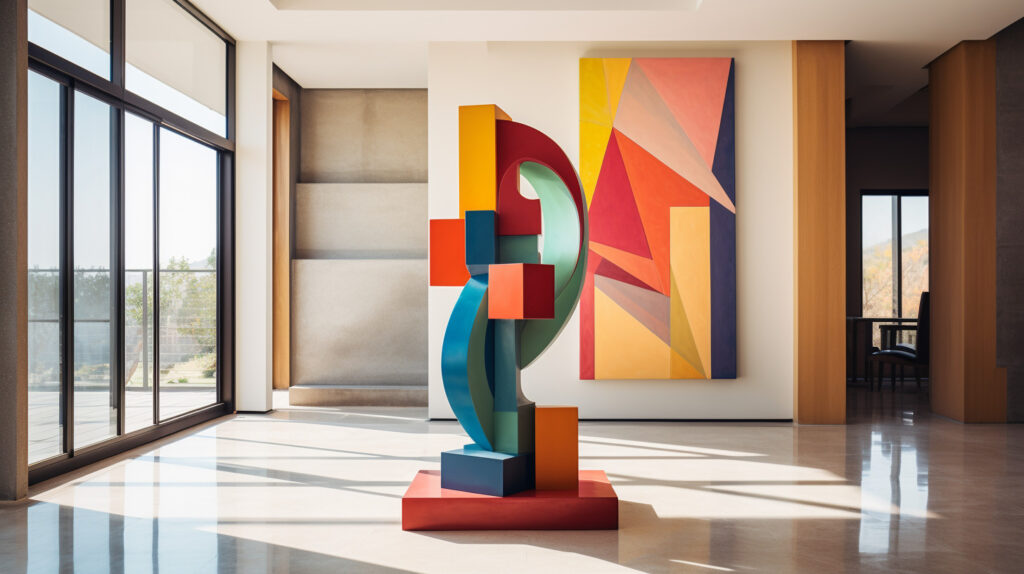
Conclusively, curating the impeccable shade for your sculptural masterpiece is an intricate art. By immersing oneself in the depths of colour theory, acknowledging the ambient context, and comprehending the emotional weight of colours, artists can make a deliberate and poignant decision. Within the vast tapestry of artistry, it’s these subtle intricacies that leave an indelible mark.
Check out our natural marble art pieces, elegantly carved from a selection of natural marble with varying hues and textures for your next project. Contact us at https://marblising.com/

